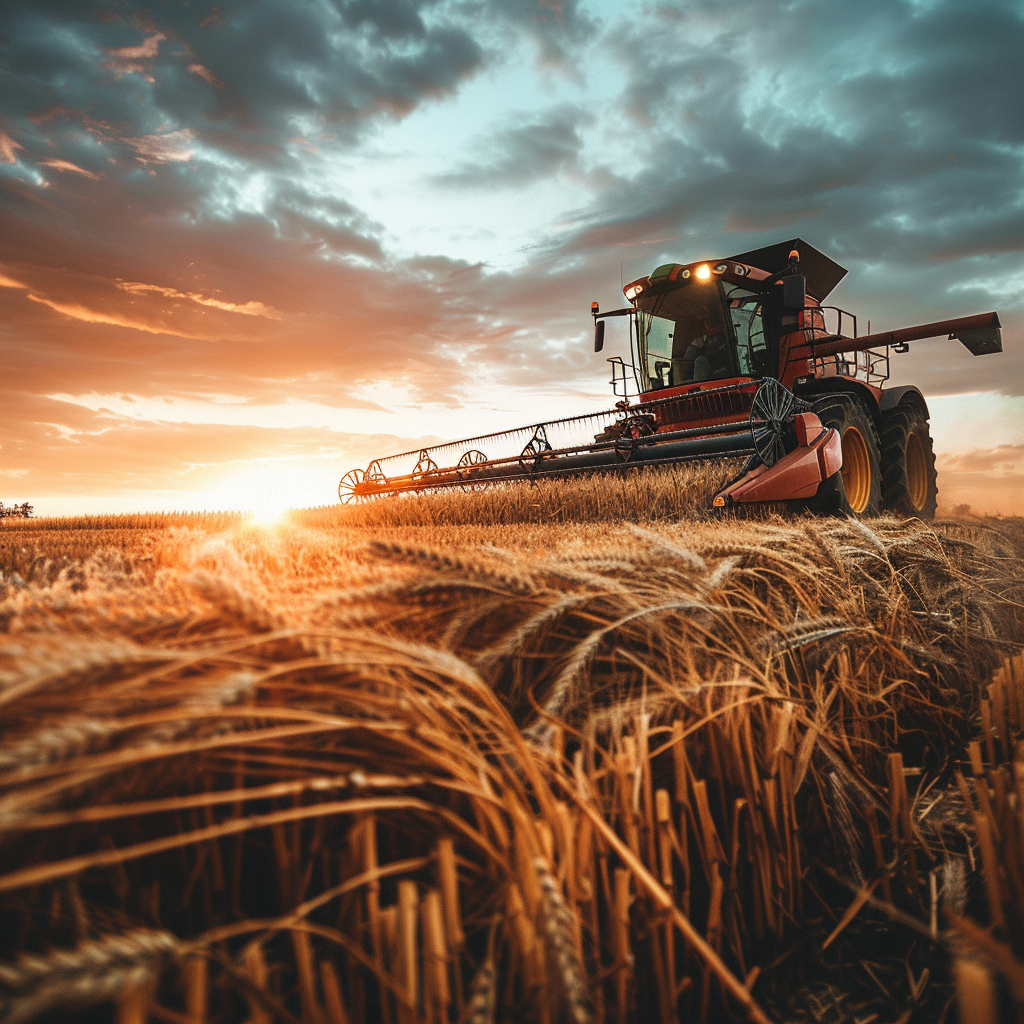BROOKLYN, AR – A mounting crisis in America’s farm belt is drawing comparisons to the farm collapse of the 1980s, as crop producers face escalating costs, weakening prices, and fading export markets. Farmers from across Arkansas and the broader Delta are issuing urgent pleas for help, warning that without swift intervention the coming year could see one of the largest waves of farm failures in decades.
A Meeting that Sent Shockwaves
In Brooklyn, Arkansas, a meeting initially planned as a small bank gathering mushroomed into a packed house of more than 400 farmers. Some parked their combines in the middle of harvest just to attend, lining rural roads outside the bank to hear and be heard.
Inside, the mood was described as “just like a funeral.” Farmers spoke of operating losses that have become the norm, not the exception. According to testimony, this marks the fourth consecutive year of red ink for many.
Crop Sector Bleeding While Livestock Cushions the Books
USDA’s overall “net farm income” reports have painted a picture of resilience, with aggregate farm income holding relatively steady. But agricultural economists caution that those topline numbers are heavily supported by livestock — cattle, hogs, and poultry — which have enjoyed firmer prices.
When livestock is stripped out, the underlying picture for row crops is alarming. Economist John Newton points to a $71 billion inflation-adjusted decline in crop cash receipts over the past three years, matching the steepest drop ever recorded. Soybeans, rice, cotton, and corn farmers have borne the brunt, watching cash flows evaporate even as costs rise.
The Cost Squeeze: Inputs Up, Prices Down
Farmers report that their costs of production have risen dramatically — from fertilizer and fuel to labor and equipment. At the same time, soybeans are hovering near $10 per bushel, corn is under pressure, and rice prices have not kept pace with costs.
Greg Cole, an agricultural lender who started his career during the 1980s farm crisis, told the Brooklyn meeting this is the most financial stress he has ever seen. His bank’s internal data shows:
2022: 40% of producers lost money 2023: 50% of producers lost money 2024: 70% of producers lost money, averaging $150 lost per acre
“Land values are higher today, which provides some cushion,” Cole explained, “but year-after-year losses erode balance sheets quickly. Young and beginning farmers, and those renting most of their land, are the most vulnerable.”
Banks Warn of Alarming Percentages
A letter from the Arkansas Rice Growers Association shared at the meeting carried stark warnings. Some banks now estimate that 30–40% of farmer customers may not be able to continue next year without outside intervention. Even more cautious lenders put the figure closer to 25–33%. Either way, the numbers represent potentially thousands of operations at risk in a single state.
Equipment Auctions: A Barometer of Stress
One visible signal of the strain is the growing number of equipment auctions across the Midwest and Midsouth. Auctioneers report a rise not just in routine upgrade sales, but in full dispersals — farm families liquidating combines, tractors, and implements to satisfy creditors or exit farming altogether.
In some counties, multiple dispersal auctions are being scheduled in the same month, echoing the haunting lines of farm machinery that stretched down rural roads in the 1980s. Once equipment is sold, even if prices improve, many farmers lose the ability to operate at scale — accelerating consolidation of land into larger farms and investor hands.
Calls for Solutions: Markets First, Aid Second
While some farmers openly called for federal relief, the prevailing message was that growers want markets, not handouts. Steven Sinsky, CEO of the American Soybean Association, stressed the need to regain access to China, historically the largest buyer of U.S. soybeans.
Programs like the Market Facilitation Program (MFP), used during the U.S.–China trade war, provided temporary relief. But many fear direct subsidies ultimately inflate land rents and values, leaving long-term competitiveness unchanged while making it harder for young producers to enter.
Still, others argued that without immediate stopgaps, large portions of the crop sector will not survive to see better markets.
Echoes of the 1980s Crisis
The comparisons to the farm crisis of the 1980s are not just rhetorical. Back then, a combination of high interest rates, falling exports, and declining land values pushed thousands of farmers out of business. Suicide rates in rural communities spiked, and the rural Midwest lost not only farm families but schools, businesses, and entire communities.
Today, interest rates are again high, balance sheets are eroding, and land consolidation pressures are intensifying. Although land values remain firm for now, bankers warn that if forced sales accelerate, values could weaken — compounding the cycle.
What Comes Next
Farmers and lenders alike are pleading with policymakers for urgent attention. Options on the table include:
Expanding foreign market access, especially in Asia and Africa, to replace lost sales to China. Considering targeted relief programs similar to MFP, though with safeguards against inflating land rents. Reviewing credit access to ensure smaller and younger farmers are not disproportionately forced out. Monitoring land consolidation to prevent unchecked transfer of family farms to private equity and institutional buyers.
A Tipping Point for Rural America
Without action, farmers warn, the current financial spiral could become a nationwide issue — reshaping rural America for a generation. Equipment auctions, disappearing farm families, and shuttered small-town businesses may become increasingly common.
For now, one thing is clear: the American farmer’s plea is growing louder, and policymakers will soon have to decide whether to intervene, and how.

